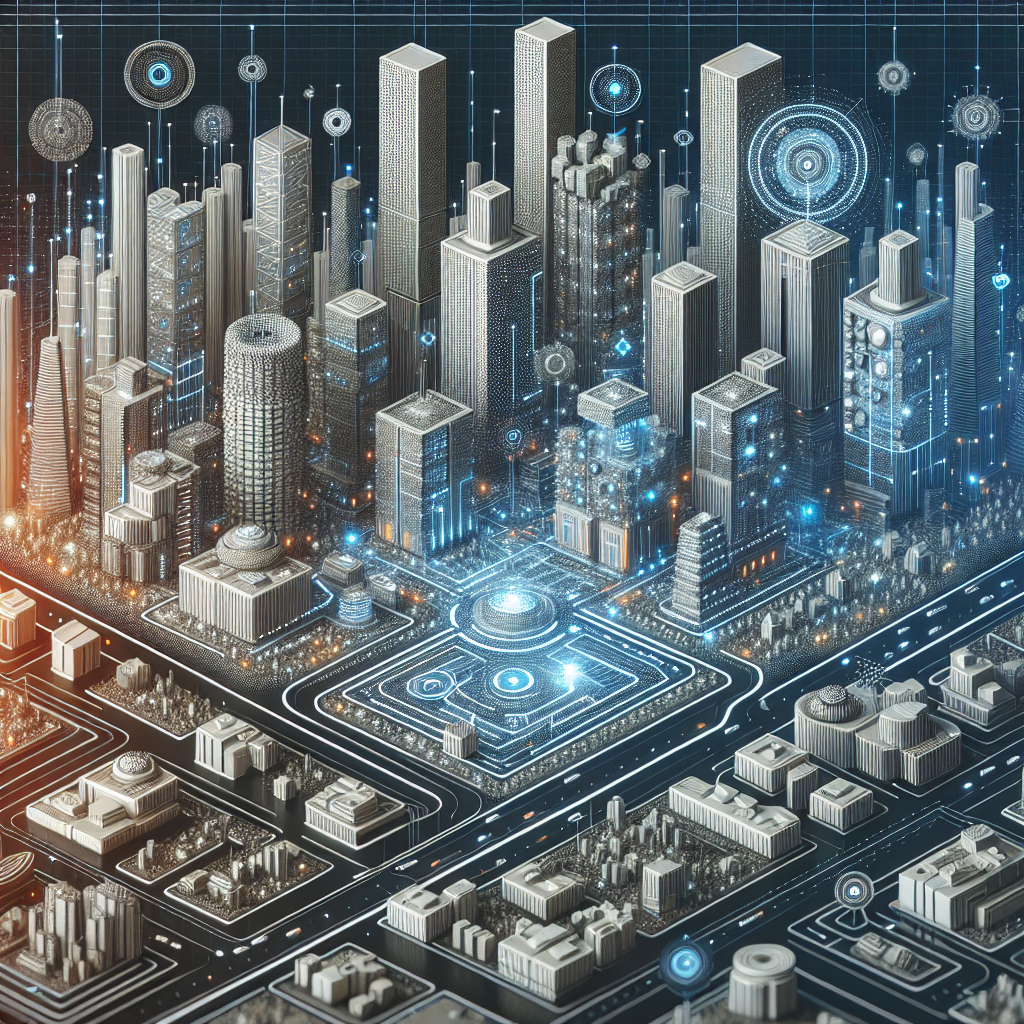As technology continues to advance at an exponential rate, artificial intelligence (AI) is revolutionizing various industries, including architecture. AI is changing the way architects design, visualize, and represent their projects, leading to more efficient and innovative solutions. In this article, we will explore the role of AI in the future of architectural representation and how it is reshaping the industry.
AI in Architectural Design
AI is being increasingly integrated into architectural design processes, enhancing the creativity, efficiency, and accuracy of architectural projects. One of the key benefits of AI in architectural design is its ability to generate complex and innovative designs based on specific parameters and constraints. AI algorithms can analyze vast amounts of data and generate design options that are optimized for various factors such as energy efficiency, structural integrity, and aesthetic appeal.
AI can also assist architects in the early stages of the design process by providing insights and suggestions based on historical data and best practices. This can help architects make informed decisions and explore new possibilities that they may not have considered otherwise. For example, AI can analyze existing building designs and suggest improvements or modifications to optimize performance and functionality.
AI-powered design tools are also enabling architects to create parametric models that can be easily customized and iterated upon. These tools allow architects to explore different design options quickly and efficiently, leading to more innovative and cost-effective solutions. AI can also help architects automate repetitive tasks such as drafting, modeling, and rendering, allowing them to focus on the creative aspects of design.
AI in Architectural Visualization
AI is also transforming the way architectural projects are visualized and represented. AI-powered visualization tools can create photorealistic renderings and animations that accurately depict the final design of a building. These tools can simulate lighting, materials, textures, and other visual elements to create immersive and realistic representations of architectural projects.
AI can also help architects create virtual reality (VR) and augmented reality (AR) experiences that allow clients and stakeholders to explore and interact with architectural designs in a virtual environment. This can help architects communicate their design ideas more effectively and solicit feedback from clients and collaborators in real-time.
AI-powered visualization tools are also enabling architects to create interactive and dynamic representations of architectural projects. For example, architects can create 3D models that can be explored from different angles and perspectives, allowing viewers to understand the spatial relationships and design intent of a building. AI can also help architects create animations that visualize how a building will be constructed and how it will function once completed.
FAQs
Q: How is AI being used in architectural design?
A: AI is being used in architectural design to generate complex and innovative designs based on specific parameters and constraints, assist architects in the early stages of the design process, automate repetitive tasks, and create parametric models that can be easily customized and iterated upon.
Q: How is AI transforming architectural visualization?
A: AI is transforming architectural visualization by creating photorealistic renderings and animations, simulating lighting, materials, textures, and other visual elements, creating VR and AR experiences, and enabling interactive and dynamic representations of architectural projects.
Q: What are the benefits of using AI in architecture?
A: The benefits of using AI in architecture include enhanced creativity, efficiency, and accuracy in design, optimized performance and functionality of architectural projects, faster and more cost-effective design iterations, improved communication with clients and stakeholders, and the ability to explore new design possibilities and innovations.
Q: How can architects integrate AI into their design processes?
A: Architects can integrate AI into their design processes by using AI-powered design tools to generate innovative designs, automate repetitive tasks, create parametric models, and visualize architectural projects. Architects can also collaborate with AI experts and developers to customize AI solutions for their specific needs and workflows.
In conclusion, AI is poised to revolutionize the future of architectural representation by enhancing creativity, efficiency, and accuracy in design, transforming the way architectural projects are visualized and communicated, and enabling architects to explore new design possibilities and innovations. As AI continues to evolve and mature, architects will have the opportunity to leverage its capabilities to create more sustainable, functional, and aesthetically pleasing buildings that meet the needs of our ever-changing world.

